ChatGPT is a bit of a prodigy when it comes to language tasks, but how did it get so smart? Time to pull back the curtain and reveal the magic of AI training!
First up, how is ChatGPT trained?
ChatGPT is trained using a two-step process: pre-training and fine-tuning. In the pre-training phase, the model learns to predict the next word in a sentence from a large amount of internet text. It’s like playing an endless game of ‘fill in the blank.’ The fine-tuning phase then narrows down the model’s responses to be more useful and safe, using a dataset created by human reviewers following specific guidelines.
Where does ChatGPT get its information?
ChatGPT is like a sponge soaking up information during its pre-training phase. It learns from a vast array of internet text, but it doesn’t know specifics about which documents were in its training set or have access to any proprietary databases, confidential information, or personal data (unless shared with it during a conversation). It’s like a trivia champion who’s read a ton of books but doesn’t remember the specifics about any of them.
What data was ChatGPT trained on?
ChatGPT was trained on a diverse range of internet text. However, OpenAI, the organization behind ChatGPT, has not publicly disclosed the specifics of the individual datasets used. So, while it’s a whizz at language tasks, it’s not because it’s read your emails or scrolled through your social media (phew!).
How does ChatGPT learn?
ChatGPT learns from the patterns in the data it was trained on. Through the process of predicting the next word in a sentence, it learns things like grammar, facts about the world, and even some reasoning abilities. However, it doesn’t learn or evolve during conversations with users – it’s more like a parrot reciting lines it’s learned rather than a human learning from experience.
In a nutshell, ChatGPT’s impressive abilities come from a rigorous training process, a vast dataset, and a clever learning method. But remember, while it’s a smart cookie, it doesn’t know everything and should be used as a tool to assist rather than replace human judgment. As they say, with great power comes great responsibility!






